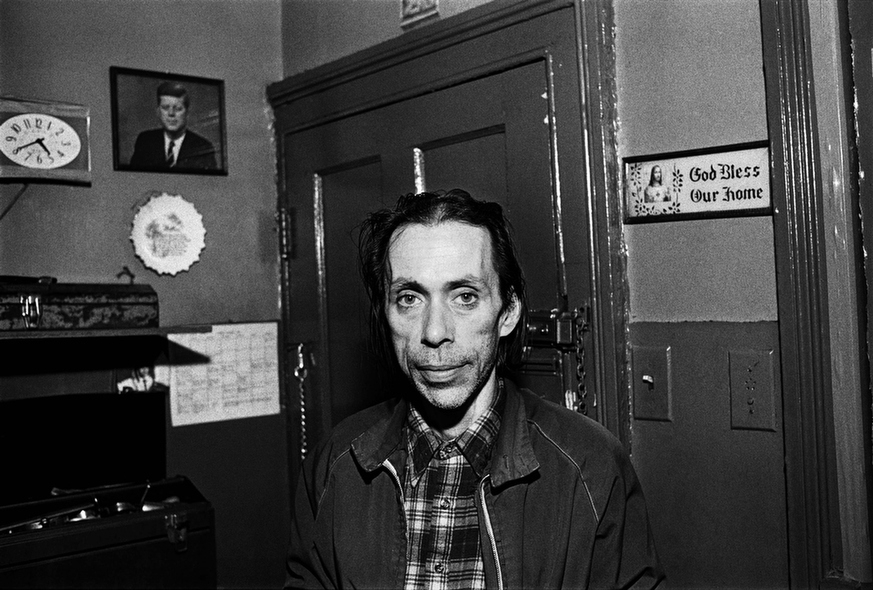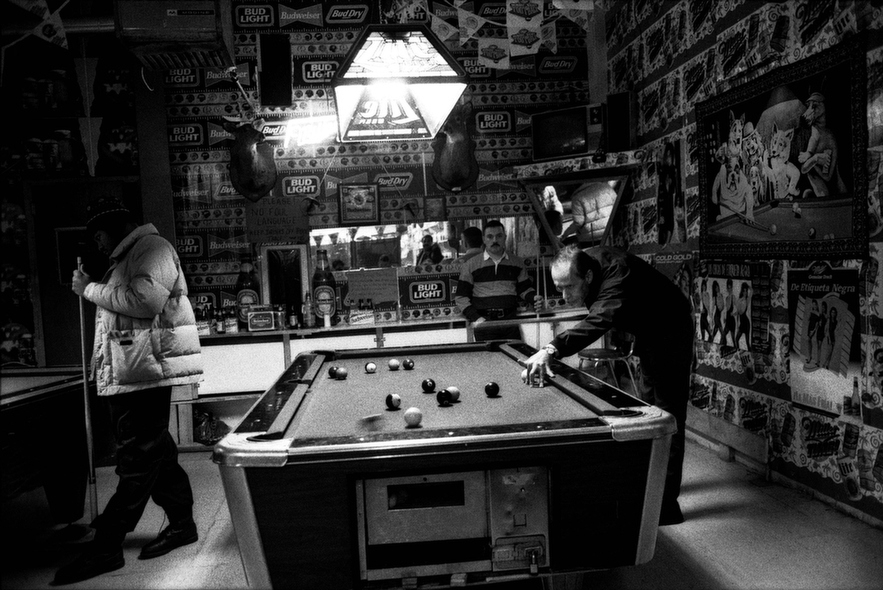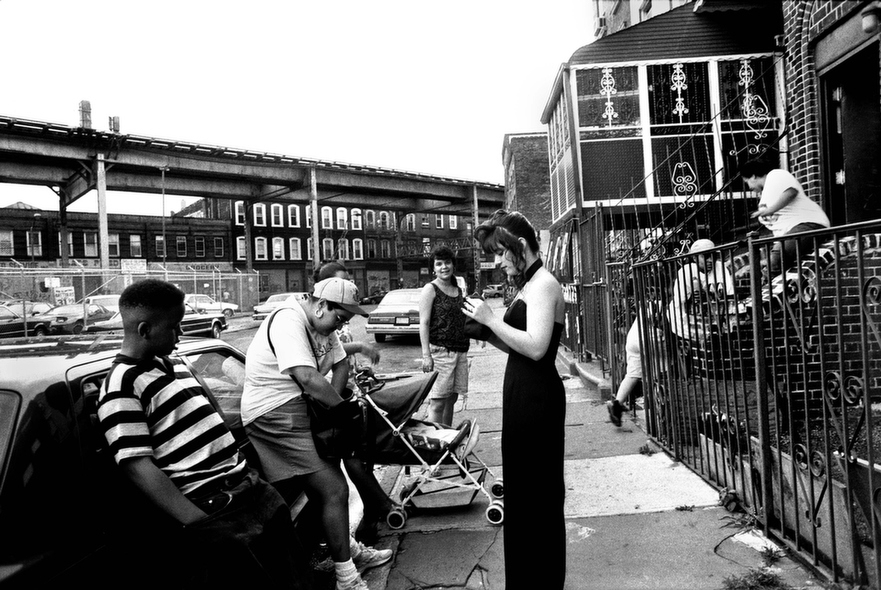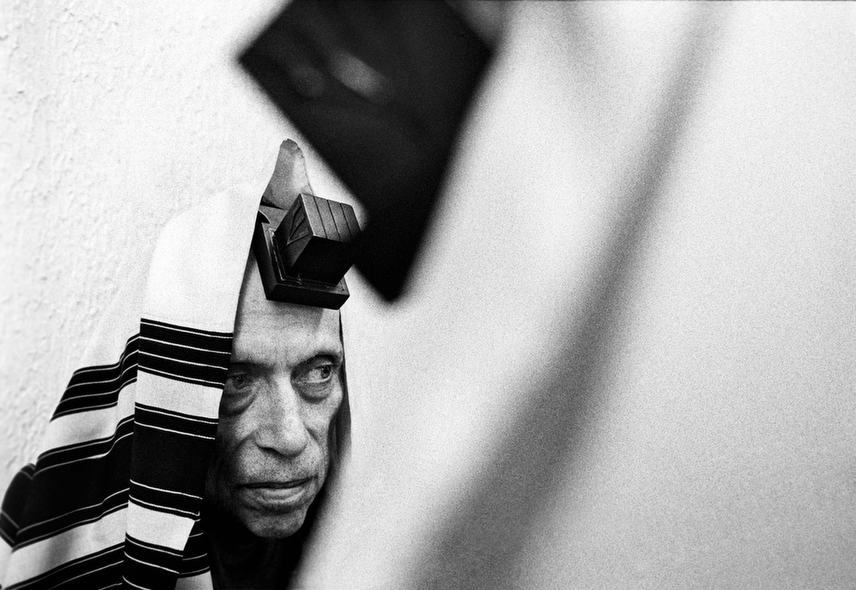Humans adapt in some highly creative ways....
The Recycled Orchestra: Slum Children Create Music out of Garbage
A video of slum children creating music with instruments made of trash has been reposted
nearly 345,000 times on Facebook in the past week. Some viewers said
they wept when they heard the rich, deep notes from a cello made of
rusty oil can.
These young musicians hail from a village in Paraguay called Cateura,
a town perched on top of a mountain of garbage. Every day 1,500 tons of
solid waste is dumped in a landfill in Cateura, where 2,500 families
live. These families, with the help of their children, survive by
recycling whatever they can find in the landfill, according to UNICEF.
One day Favio Chávez, an ecological technician, had a wild idea of
giving these children something that would have been beyond their reach:
playing music in an orchestra. Although he was trained as a musician
and had experience in forming ensembles, he knew few if any families
could afford musical instruments in Cateura, where a violin, Chávez says
in the video, is worth more than a house.
To his delight he discovered
the solution was literally within his grasp: The dump site was
overflowed with material capable of making music.
“One day it occurred to me to teach music to the children of the recyclers and use my personal instruments,” Chávez, 36, told
Fox News Latino.
“But it got to the point that there were too many
students and not enough supply. So that’s when I decided to experiment
and try to actually create a few.”
(MORE: OK Go to Release Music Video Featuring 1,000 Handmade Instruments)
That was when Chávez had an epiphany: “The world sends us garbage,
we send back music,” as a quote from Chávez reads in the video’s
introduction.
Thus The Recycled Orchestra was formed. Its fame has taken the
30-member ensemble traveling around the world, performing in Argentina,
Brazil and Germany.
Being able to play an instrument has profoundly changed some members’
lives. “My life would be… worthless without music,” one girl said in
the video.
The orchestra has attracted the attention of Graham Townsley, an
Emmy-nominated filmmaker. Townsley and his crew have been making a
documentary called Landfill Harmonic based on the orchestra. They released a trailer in November, with the hope of finishing the documentary by 2013.
“I made this orchestra to educate the world and raise awareness,” Chávez told
Fox News Latino. ”But it’s also a social message to let people know
that even though these students are in extreme poverty, they can also
contribute to society. They deserve an opportunity.”



























